
How Often Should Carpets Be Professionally Cleaned?
13 January 2024
How Long Does It Take for Carpets to Dry After Cleaning?
28 February 2024
How Often Should Carpets Be Professionally Cleaned?
13 January 2024
How Long Does It Take for Carpets to Dry After Cleaning?
28 February 2024What Are the Best Carpet Cleaning Methods for Allergy Sufferers?
Maintaining a clean home for individuals suffering from allergies is not just about aesthetics—it's a health necessity.
With their fibrous nature, carpets can trap allergens such as dust mites, pet dander, pollen, and mould, exacerbating allergy symptoms.
However, the proper carpet cleaning methods can significantly reduce these allergens, relieving sufferers. This blog post explores the most effective carpet cleaning techniques for those with allergies, ensuring a cleaner, healthier living environment.
The easiest way to get a fast quote is to click the call button below and speak to one of our team.
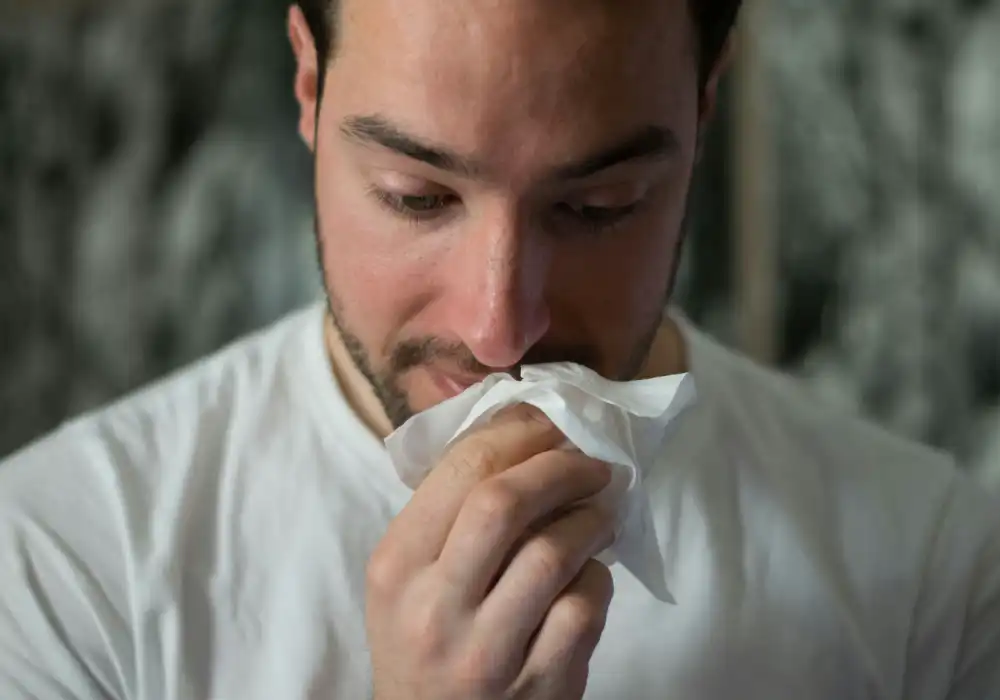
Comprehensive Guide: Understanding Allergens in Carpets and Their Impact on Indoor Air Quality and Health
Carpets act as filters in our homes, trapping allergens that can lead to uncomfortable and sometimes severe allergic reactions.
Regular vacuuming is essential but often insufficient for removing all allergens.
Over time, without proper cleaning, carpets can become a hotspot for allergens, contributing to poor indoor air quality and impacting the health of residents, particularly those with allergies or asthma.
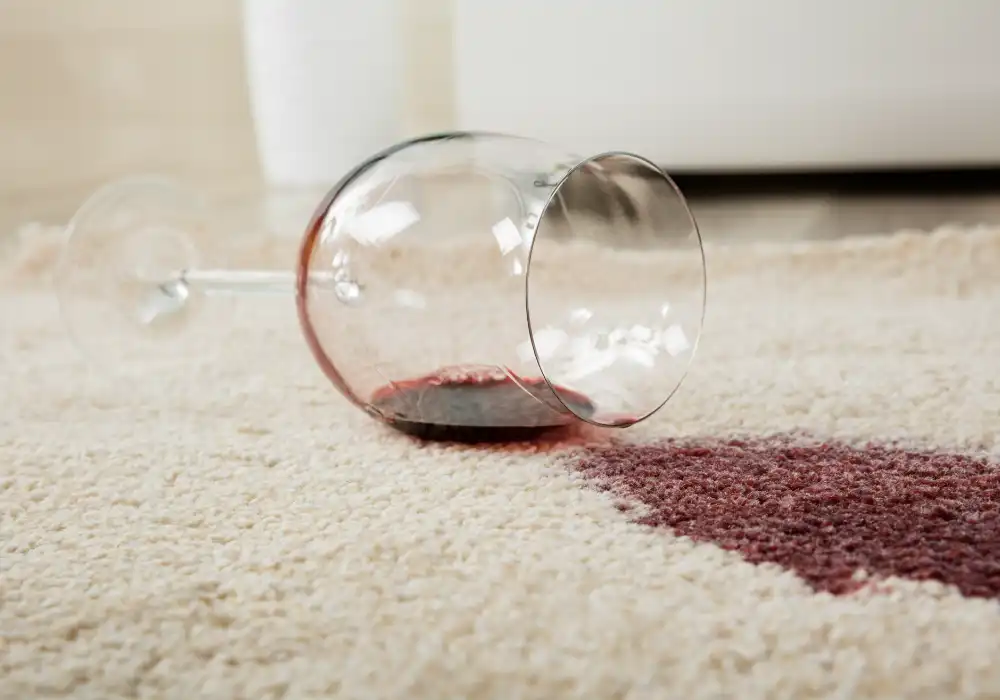
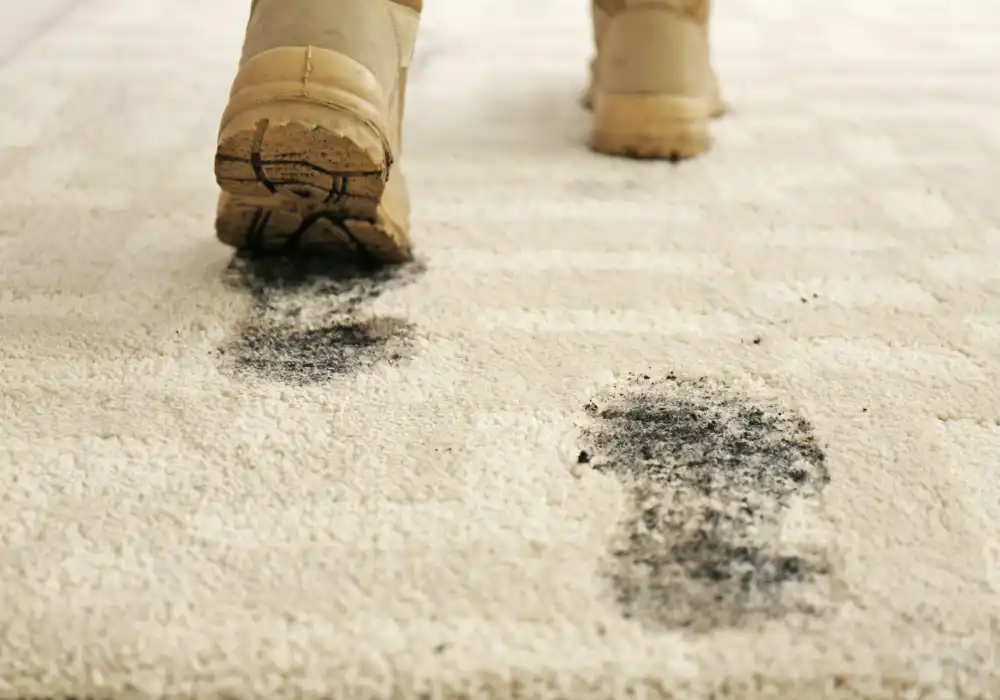
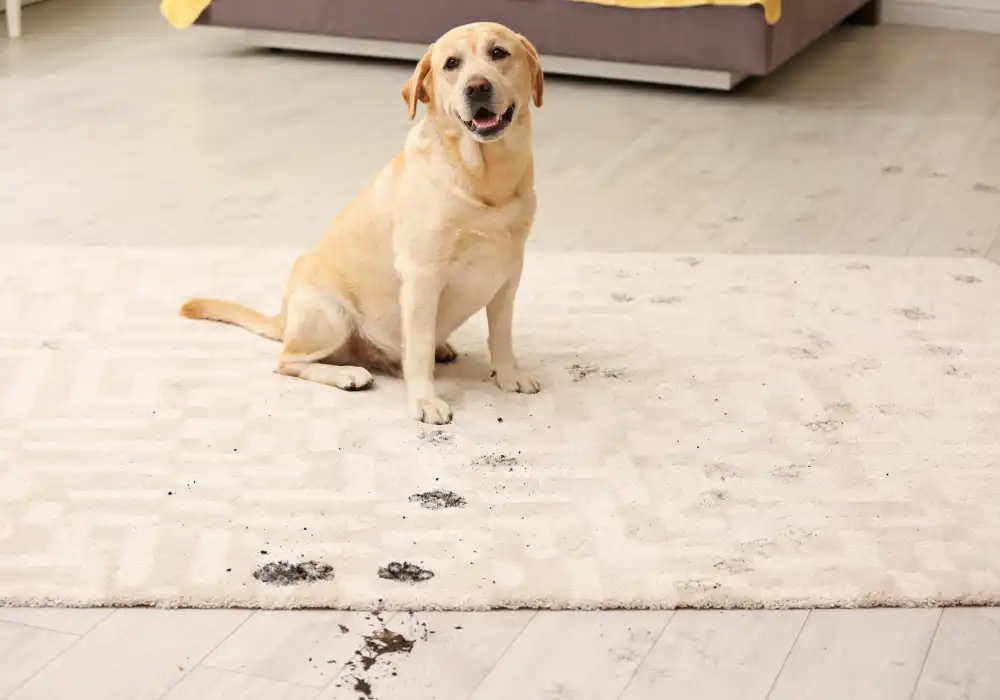
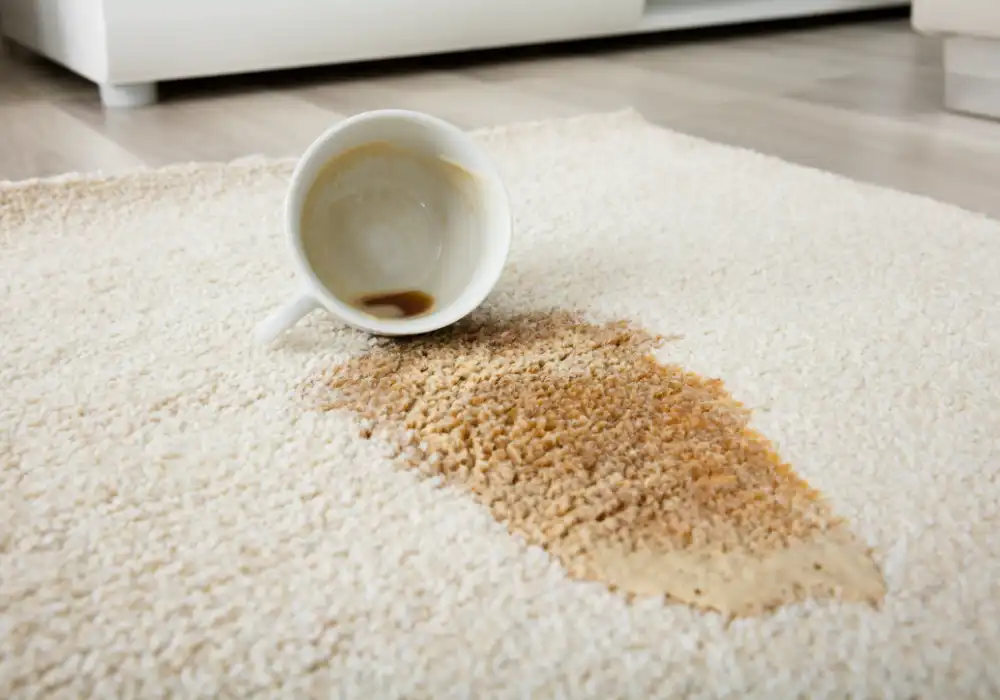
Selecting the right carpet cleaning method is crucial for those with allergies.
Individuals can make informed decisions about their carpet cleaning approach by understanding the specific needs of allergy sufferers and the benefits of different cleaning techniques.
Whether opting for steam cleaning, dry cleaning, or HEPA-filter vacuuming, the goal is clear: to reduce allergens in the home and provide a safe, comfortable environment for everyone.
Choosing a carpet cleaning service that offers these specialised methods and understands the needs of allergy sufferers can make all the difference.

Steam Cleaning: A Deep Clean Solution
Steam cleaning, also known as hot water extraction, is widely regarded as one of the most effective methods for cleaning carpets and reducing allergens.
This method involves injecting hot water and cleaning agents deep into the carpet fibres and extracting the water, dislodged dirt, and allergens.
The high temperature of the water is particularly effective at killing dust mites, a common allergen, making this method ideal for allergy sufferers.
Dry Cleaning: A Low-Moisture Alternative
For those concerned about the drying time associated with steam cleaning, dry cleaning offers a viable alternative.
Dry cleaning methods use minimal water and rely on specialised machines to apply a cleaning solution that absorbs allergens and dirt, which is then vacuumed away.
This method benefits allergy sufferers by reducing the risk of mould growth, a potential issue with longer drying times.
The Role of HEPA Filters in Vacuuming
Not all vacuuming is created equal, especially for allergy sufferers.
Vacuums equipped with HEPA (High-Efficiency Particulate Air) filters are more effective than standard vacuums at trapping small particles, including common allergens.
For maintaining a low-allergen environment between professional cleanings, regularly using a HEPA filter vacuum on carpets can make a significant difference.

Green Cleaning Solutions
The chemicals used in some carpet cleaning processes can themselves trigger allergic reactions in sensitive individuals.
Consequently, green or eco-friendly cleaning solutions are gaining popularity. These solutions are designed to be gentle on the environment and human health, avoiding harsh chemicals without compromising on cleaning effectiveness.
For allergy sufferers, green cleaning methods provide a safe alternative that minimises the risk of chemical sensitivities.


